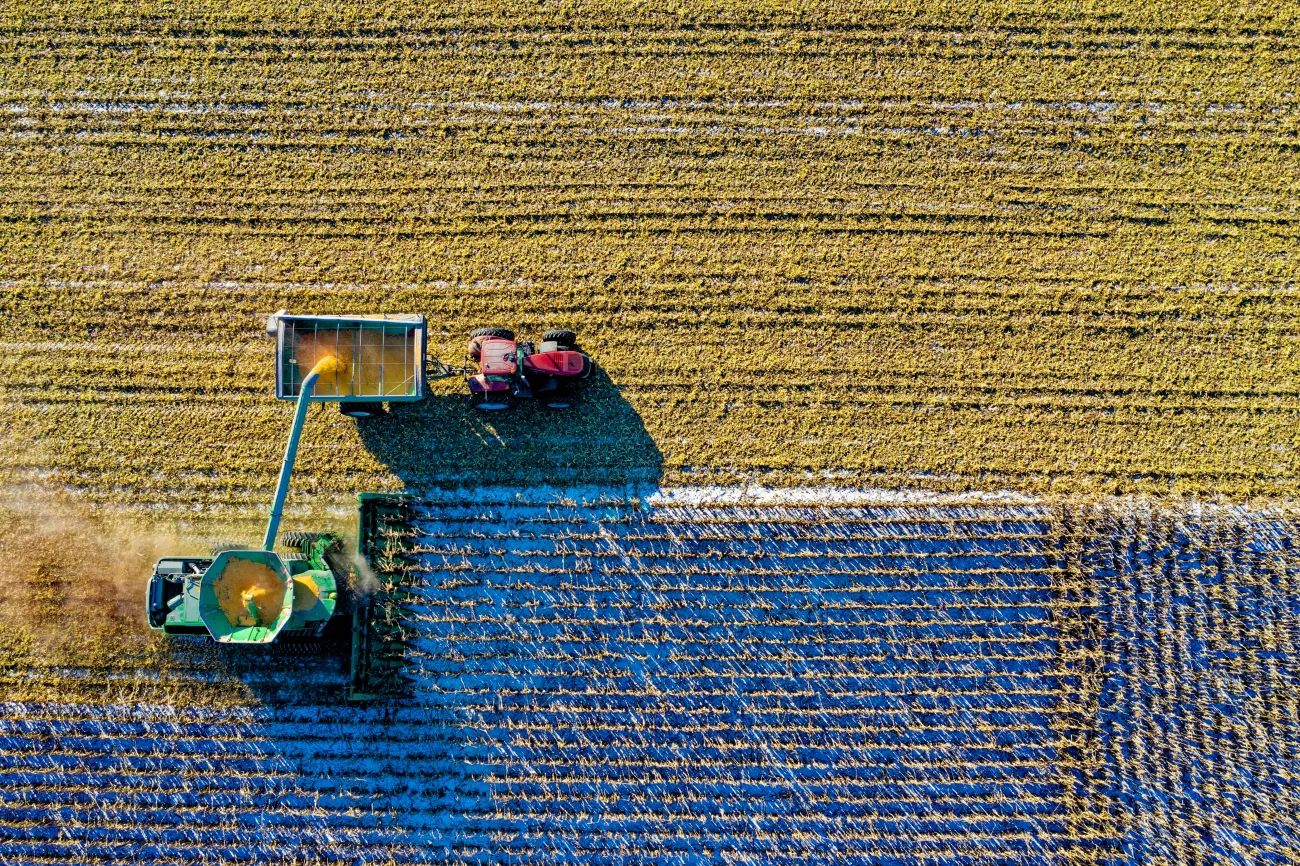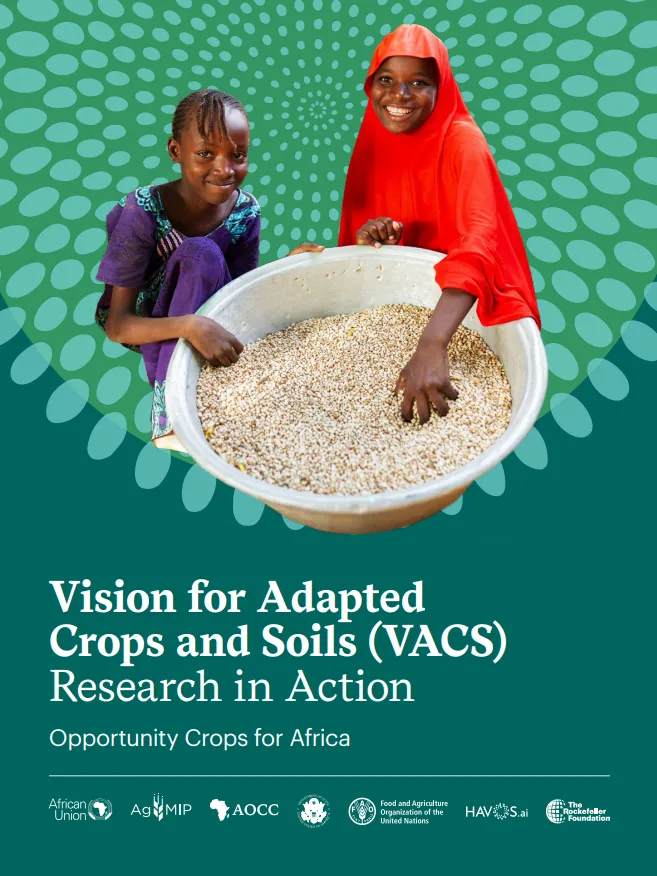This paper argues that high-performance computing and genetic engineering that boost the photosynthetic efficiency of plants offers the best hope of increasing crop yields enough to feed a growing world population by 2050. It points out that we now have unprecedented computational resources that allow us to model every stage of photosynthesis and we can thus determine where the bottlenecks are. Advances in genetic engineering enable us to augment or circumvent steps that impede efficiency.

Abstract
Increase in demand for our primary foodstuffs is outstripping increase in yields, an expanding gap that indicates large potential food shortages by mid-century. This comes at a time when yield improvements are slowing or stagnating as the approaches of the Green Revolution reach their biological limits. Photosynthesis, which has been improved little in crops and falls far short of its biological limit, emerges as the key remaining route to increase the genetic yield potential of our major crops. Thus, there is a timely need to accelerate our understanding of the photosynthetic process in crops to allow informed and guided improvements via in-silico-assisted genetic engineering. Potential and emerging approaches to improving crop photosynthetic efficiency are discussed, and the new tools needed to realize these changes are presented.
Citation
Long, S.P., Marshall-Colon, A., Zhu, X., 2015, Meeting the Global Food Demand of the Future by Engineering Crop Photosynthesis and Yield Potential, Cell, DOI: 10.1016/j.cell.2015.03.019
Read the full paper here and see further coverage from Science Daily here.




Comments (0)